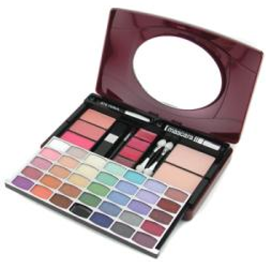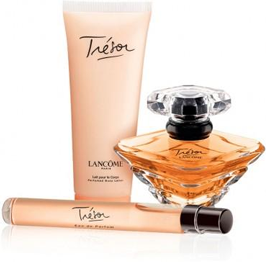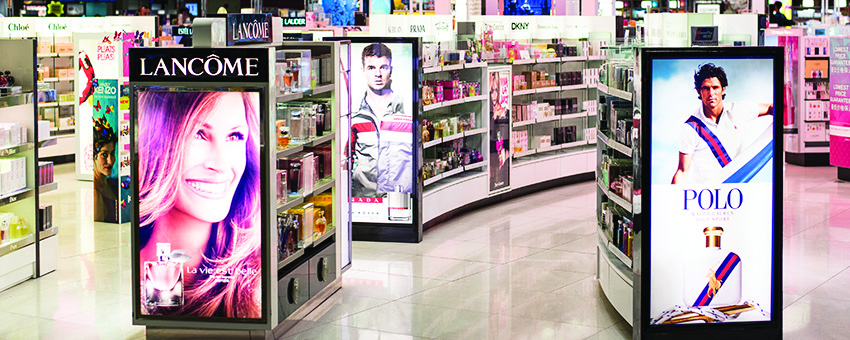
There are several different perfume classifications that most, if not all products fit into in some way or another. While the style of each has somewhat changed over the last several years, the basic idea remains the same. One of the most popular styles of perfume is oriental. While the overall spectrum of oriental perfumes is broad, it can be broken down into several more specific classifications: floral oriental, soft oriental, vanilla oriental, spicy oriental, woody oriental, and fougere oriental.
Floral Oriental
Sweet and warm is often how the aroma of a floral oriental perfume is described. Many of these perfumes contain hints of gardenia, tuberose, or carnations. There are only a small handful of men’s fragrances that fall into this category, while most female fragrances are considered floral oriental.
Soft Oriental
Soft oriental perfumes are built on elements that revolve around spices, yet still give off a somewhat soft aroma. Incense and amber often come together in several of these unique combinations. The soft oriental perfume class is often considered one of the most ‘truly oriental’ of the four main classifications. Flower bases and spice scents are often the main ingredients in these perfumes as well.
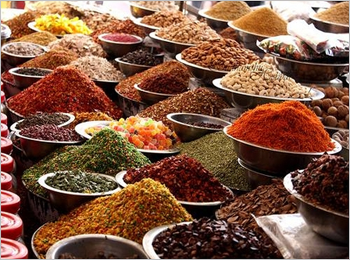
Vanilla Oriental
The sweetest of oriental perfumes are generally classified into this category. Sweet elements like caramel, chocolate, honey, and of course vanilla are almost always considered a vanilla oriental perfume. They can also contain hints of wood, resins and flower aromas that work in synchronization with the sweeter odors to tone down the sweet aroma and give it more of a subtle smell.
Spicy Oriental
Elements that come from the foods we eat are often placed into the spicy oriental category. Common spices such as cinnamon, cloves, and nutmeg are often combined with the universal aromas of woods and resins.
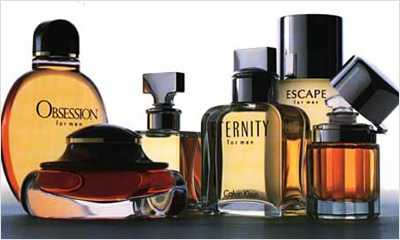
Woody Oriental
For the perfumes that don’t have sweet or spice-based elements and have more of a natural aroma, there is the woody oriental category. Most of these perfumes use wooden elements like sandalwood, cedar, or vetiver to create their warm and smooth aromas. While these perfumes can also contain other elements from other categories, the dominant odors always come from natural wood ingredients.
Fougere Oriental
Several aromas like rosemary, lavender, coumarin and oak moss, often not found in other oriental perfumes are generally placed into this oriental category. There are only a few perfumes available, as this category is generally meant for male fragrances.


